Mastering Space and Control in Sports: The Art of “Finding a Body”
On May 27, 2024
Comments Off on Mastering Space and Control in Sports: The Art of “Finding a Body”
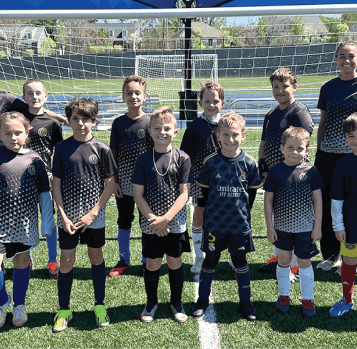
CRFC
NEWSLETTERS
NEWSLETTERS FOR OUR LATEST EVENTS
Mastering Space and Control in Sports: The Art of "Finding a Body"
In the competitive world of sports, understanding how to effectively use one’s body to control space is a crucial skill that transcends disciplines. From basketball to soccer, the concept of “finding a body” is fundamental in teaching players how to gain a strategic advantage without resorting to fouls. This technique involves making controlled, non-aggressive contact with an opponent to better manage both the player and the space around them.
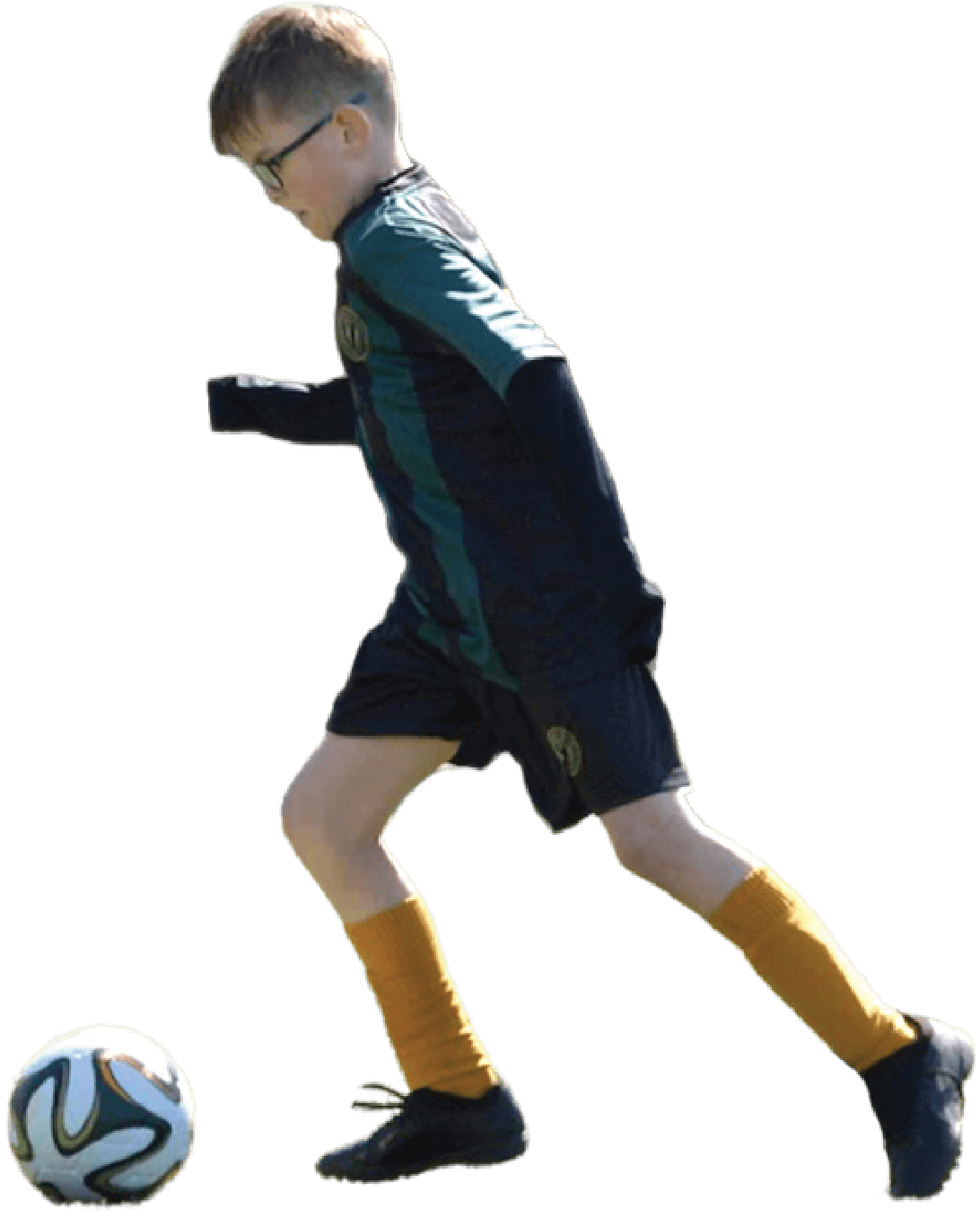
The Concept of "Finding a Body"
“Finding a body” refers to the technique of initiating light, strategic contact with an opponent to control their movement and influence the play. This is not about delivering a hit, a charge, or a push; it’s about using calculated, minimal contact to position oneself advantageously in relation to the opponent and the ball. This concept is essential in sports where positioning and space management are critical, such as soccer and basketball.
Application in Youth Sports
Observing youth sports provides a clear view of the developmental stages of this skill. Young athletes are just beginning to grasp the physical dimensions of their sports. While some young players might naturally start to use their bodies to affect the play, many do not fully understand how to implement this technique effectively. The disparity in skill level is often evident in how children engage physically during games, with many avoiding contact altogether.
Contrast with Professional Play
In professional sports, particularly during soccer matches involving corner kicks or long goal kicks, the scenario shifts. Here, it might even resemble a wrestling match, with players expertly using their bodies to shield the ball, block opponents, or create opportunities for themselves or their teammates. This high level of body control and space management is a result of years of training and experience.
Learning and Implementing the Skill
Just as basketball players learn to “box out” during rebounds, soccer players must learn to “find a body” during various phases of the game such as throw-ins, free kicks, goal kicks, and when contesting high balls. This skill is taught progressively and requires players to understand the balance between effective physical play and sportsmanship.
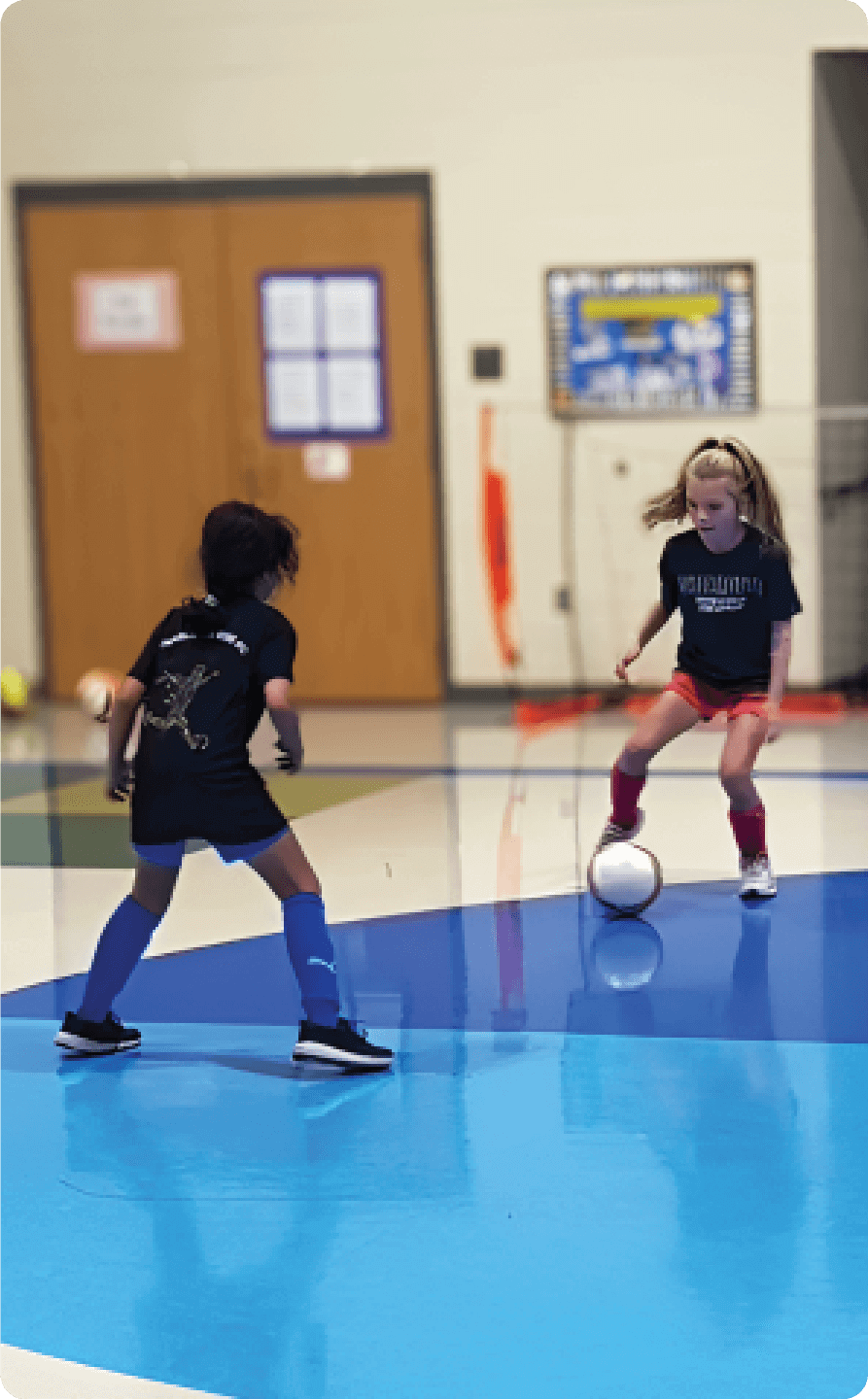
Teaching the Technique
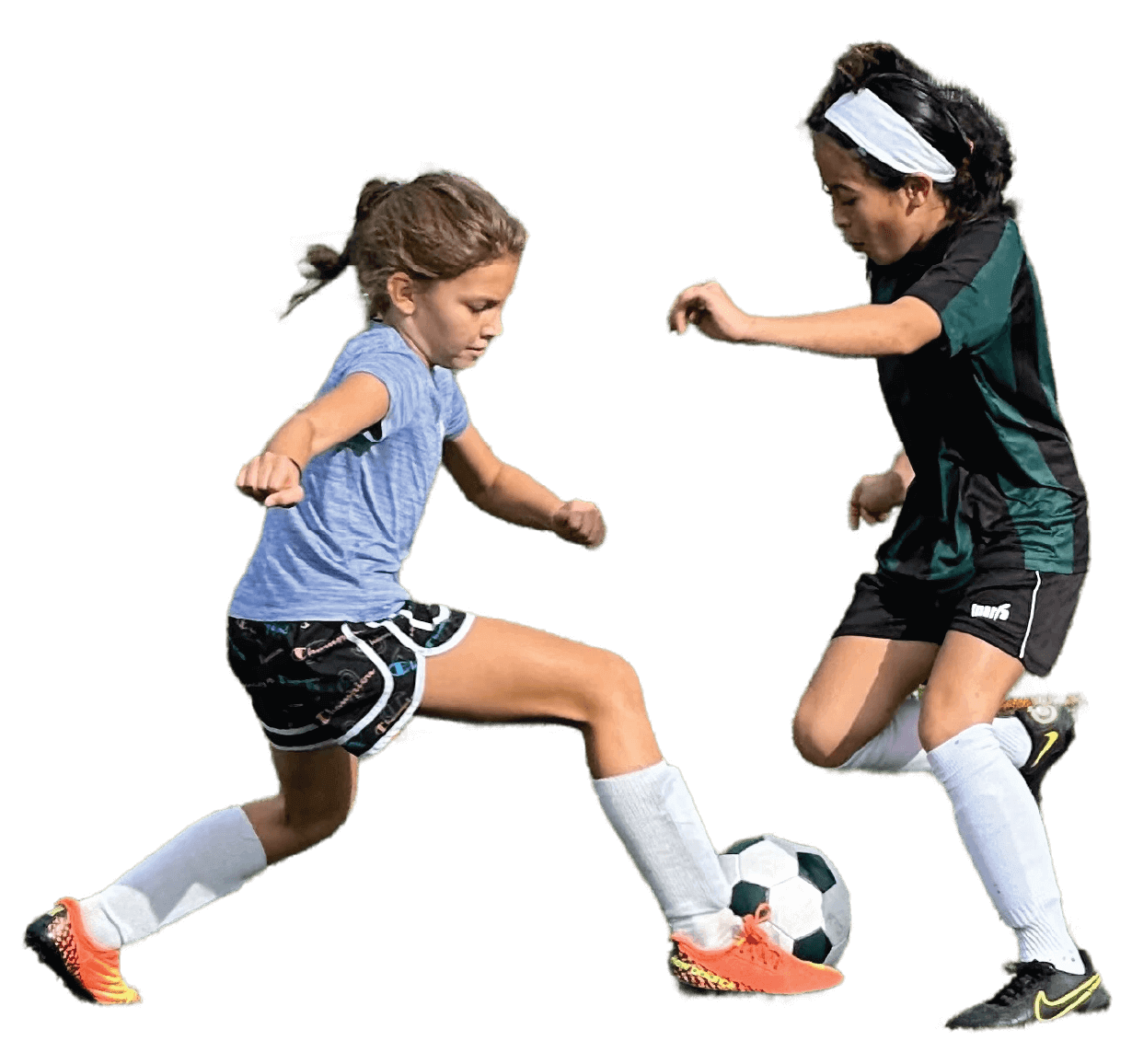
Understanding Spatial Awareness:
Coaches need to teach players how to read the game and anticipate movements, which is crucial for effective positioning.
Body Positioning
Players learn how to position their bodies in ways that can legally obstruct or limit an opponent’s options.
Controlled Contact
Emphasizing that the contact should be minimal and not aggressive, ensuring it is within the rules of the game.
The Benefits
Enhanced Game Intelligence
Players develop a better understanding of the strategic aspects of the game.
Improved Physical Engagement:
Athletes learn to use their physicality in a controlled and purposeful manner.
Competitive Edge:
Teams that excel in using their bodies effectively often control the pace and flow of the game, leading to higher performance levels.
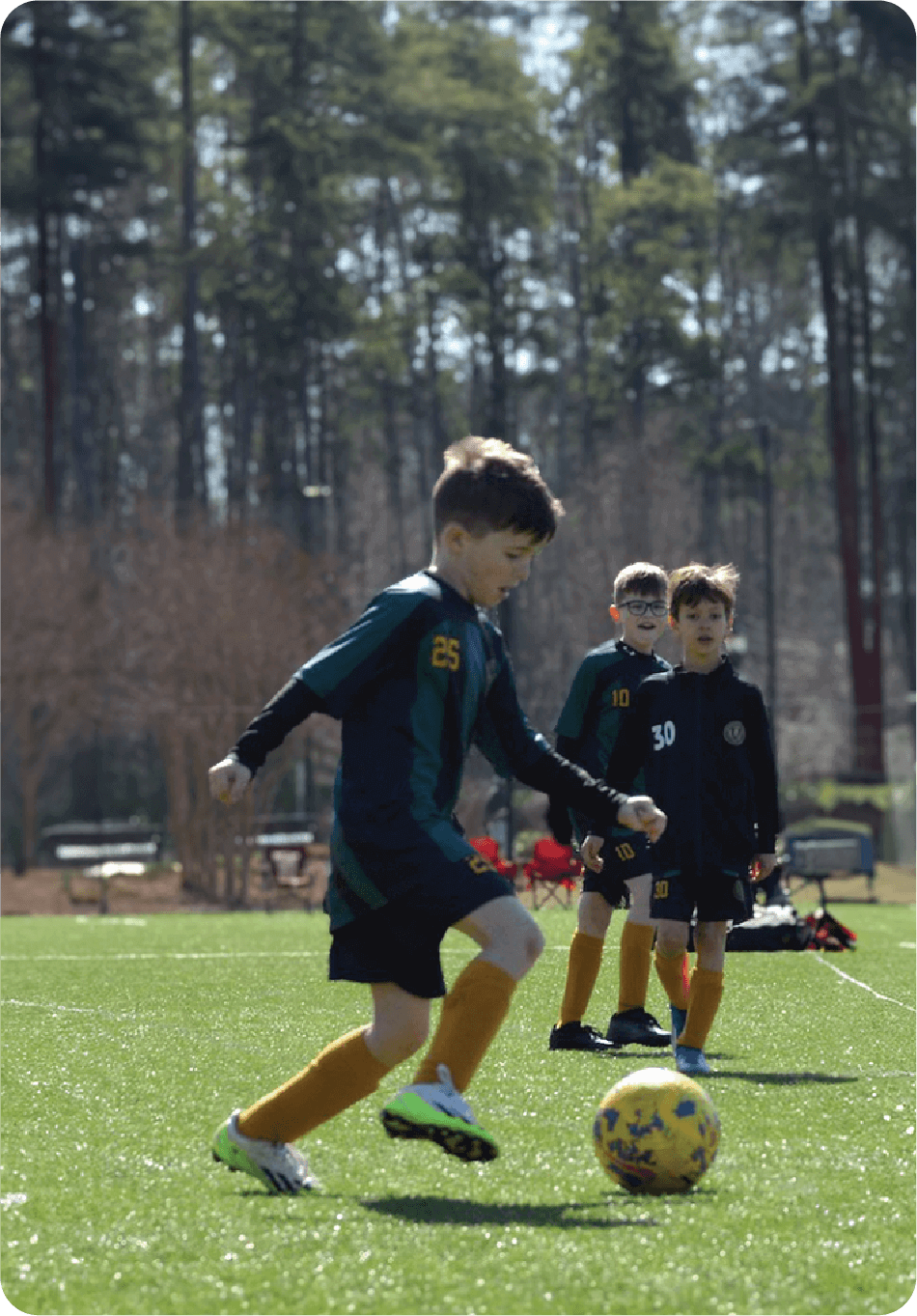
Conclusion
The skill of “finding a body” is a refined aspect of sports that should be nurtured from an early stage. It not only helps players gain a tactical advantage but also teaches them the importance of control, anticipation, and spatial management. As players mature and refine these skills, they become more adept at handling the physical demands of their sport, leading to greater success and enjoyment on the field or court.
NEWSLETTER
GET IN TOUCH WITH US

